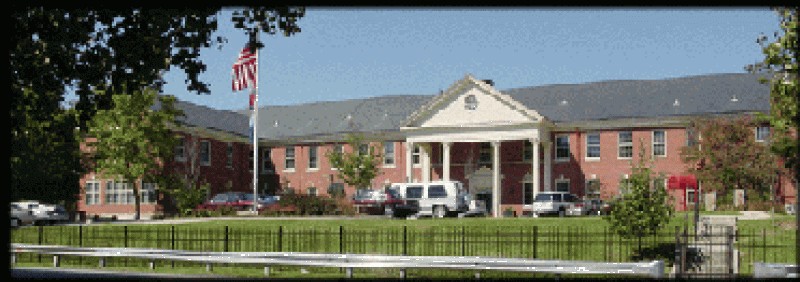Part 2: Preserving Small Community-Based Nonprofits Through Shared Service Alliances: The Children's Home, Chattanooga, Tennessee

This is my second posting on a series I am writing on nonprofit back-office integrations, or what these organizations refer to as Shared Services Alliances. In my first posting on this topic, I explained that shared service alliances are partial integrations of nonprofit back office services for a group of agencies, provided on a fee-for-service basis, in order to achieve economic and program efficiencies. For organizations which are community-based and their autonomy is arguably an important aspect of their service delivery (daycare programs, for instance), mergers are really not an option. Shared service alliances could be a very good option for strategic restructuring.One example that I'd like to share with you is the Children's Home/Chambliss Shelter based in Chattanooga, Tennessee. I recently interviewed their President/CEO Phil Acord, who told me about their shared services business model. Today, his agency provides contract administrative services to five nonprofit agencies. How they came to have this portfolio is an interesting story. In 1983, Phil's organization was just the Children's Home (serving 200 children in their own daycare program) and had a reputation for being well-managed; that was why the local government came to them to ask if they would take over the struggling Chambliss Shelter. The Board agreed, and the nonprofit became The Children's Home/Chambliss Shelter. This lesson was not lost on the local United Way agency which called in 1986 regarding another struggling nonprofit, this one an early childhood program. Phil agreed to manage this agency as well, and created a boilerplate contract. In exchange for $25,000 a year, the Children's Home/Chambliss Shelter would meet all licensing and financial requirements, manage the staff, do the admissions, and report to the Board.Pretty soon, Phil was getting more calls like these regarding other daycare agencies. Over time, The Children's Home/Chambliss shelter took on administrative services for five nonprofit daycare agencies serving a total of 700 children. Outside of Headstart, The Children's Home is now the largest daycare provider in Chattanooga. In every case, the nonprofit agencies have remained autonomous corporations with their own 501(c)3 designation, Board of Directors, and staff. What they don't have is an executive director; The Children's Home functions as the executive director for each nonprofit they contract with. In each case, the contracted fees seem to be ridiculously low for the extent of the services provided - they range between $22,500 to $28,000 a year. That's about 50% of what it costs Phil to provide his services; the rest of the costs are covered through his own fundraising. When I asked Phil how he could afford to charge his clients so little, he laughed. This is a conversation he frequently has with his Board. But Phil sees his shared alliance services as a very affordable growth strategy for his agency. He and his Board want to serve more children, but instead of having to raise 100% of the capital and operating revenues for the facilities, he only has to subsidize his services, a much smaller amount.Of course Phil has instituted some across-the-board business practices in order to achieve efficiencies, such as instituting one employee benefits package and one salary scale, one financial software system, one set of operating procedures, join purchasing, etc. In addition to the Board of the Children's Home, Phil meets with five Boards of Directors each month who he reports to regarding their daycare programs.As you might imagine, there has been some pressure from local donors to consider merging the entities, now that they have gotten this far, but Phil disagrees with that strategy. He believes that the daycare agencies should be as independent as possible because each one is unique. Each agency is located in a culturally diverse community with its own history, its own leaders, and its own volunteers. "I'm of the belief that the more people know about you and understand you, the broader the base of your support. The community resents that taking over; we let them retain their identity," said Phil.This Shared Services Alliance model is a great example of what can be done to preserve small, community-based nonprofits through a unique business model. It's creative, affordable, and serves the missions of the nonprofits. Does it require the nonprofits to compromise? Yes, but at the end of the day the most important aspects of the mission, I believe are still intact.Next month, I will present another example of a shared service services alliance. What do you think of this model? Do you know of examples of shared services alliances? Join the dialogue by sending in a comment.
- Log in to post comments